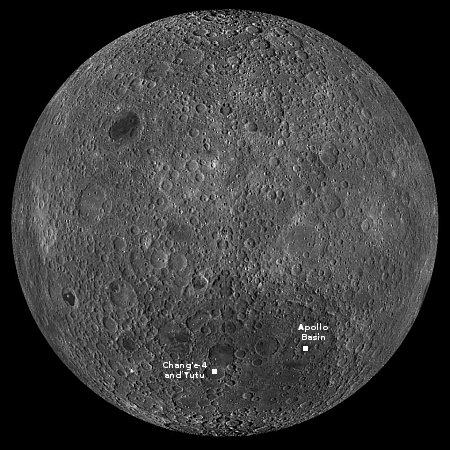SpaceX launches Indonesian communications satellite
SpaceX today successfully launched an Indonesian communications satellite into orbit, its Falcon 9 rocket lifting off from Cape Canaveral.
Indonesia’s reasons for buying SpaceX’s launch services are explained here. The first stage completed its 17th flight, landing on a drone ship in the Atlantic.
The leaders in the 2024 launch race:
16 SpaceX
8 China
2 Iran
2 Russia
2 Japan
2 India
2 Rocket Lab
American private enterprise now leads the entire world combined in successful launches 19 to 16, with SpaceX now tied 16 to 16 with the entire world combined (excluding American companies).
SpaceX today successfully launched an Indonesian communications satellite into orbit, its Falcon 9 rocket lifting off from Cape Canaveral.
Indonesia’s reasons for buying SpaceX’s launch services are explained here. The first stage completed its 17th flight, landing on a drone ship in the Atlantic.
The leaders in the 2024 launch race:
16 SpaceX
8 China
2 Iran
2 Russia
2 Japan
2 India
2 Rocket Lab
American private enterprise now leads the entire world combined in successful launches 19 to 16, with SpaceX now tied 16 to 16 with the entire world combined (excluding American companies).















